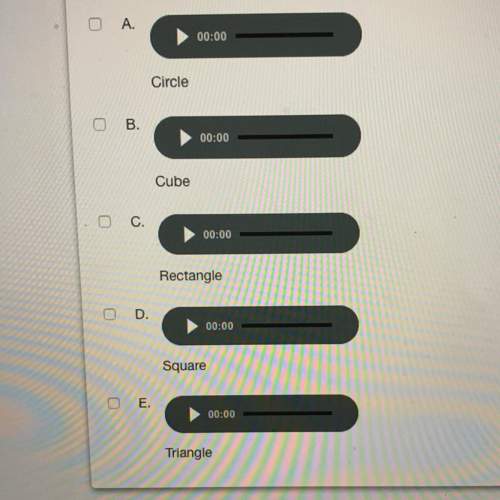
Mathematics, 20.09.2020 21:01 Damagingawsomeness2
American and Japanese workers can each produce 4 cars a year. An American worker can produce 10 tons of grain a year, whereas a Japanese worker can produce 5 tons of grain a year. To keep things simple, assume that each country has 100 million workers. a. For this situation, construct a table analogous to Table 3-1. b. Graph the production possibilities frontier of the American and Japanese economies. c. For the United States, what is the opportunity cost of a car? Of grain? For Japan, what is the opportunity cost of a car? Of grain? Put this information in a table analogous to Table 3-3.

Answers: 3


Other questions on the subject: Mathematics


Mathematics, 21.06.2019 21:30, girlysimbelieve
Aroulette wheel has 38 slots in which the ball can land. two of the slots are green, 18 are red, and 18 are black. the ball is equally likely to land in any slot. the roulette wheel is going to be spun twice, and the outcomes of the two spins are independent. the probability that it lands one time on red and another time on black in any order is(a) 0.5 (b) 0.25 (c) 0.4488 (d) 0.2244
Answers: 1

Mathematics, 21.06.2019 21:30, noeltan12031
Using the information in the customer order, determine the length and width of the garden. enter the dimensions. length: feet width: feet
Answers: 3
You know the right answer?
American and Japanese workers can each produce 4 cars a year. An American worker can produce 10 tons...
Questions in other subjects:

History, 02.07.2019 18:00

English, 02.07.2019 18:00

Mathematics, 02.07.2019 18:00



English, 02.07.2019 18:00

Mathematics, 02.07.2019 18:00

Mathematics, 02.07.2019 18:00


History, 02.07.2019 18:00




